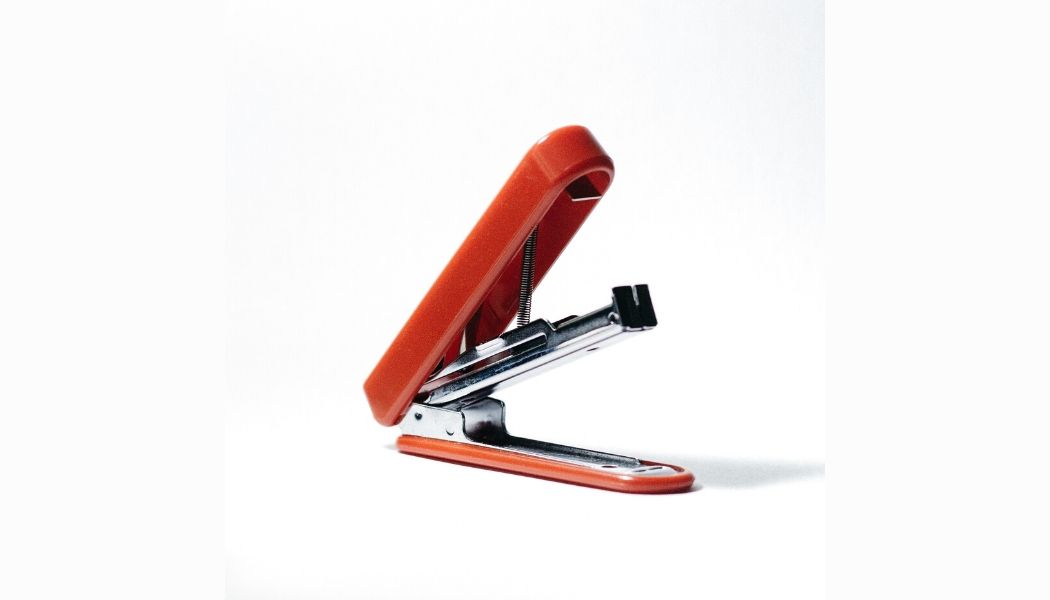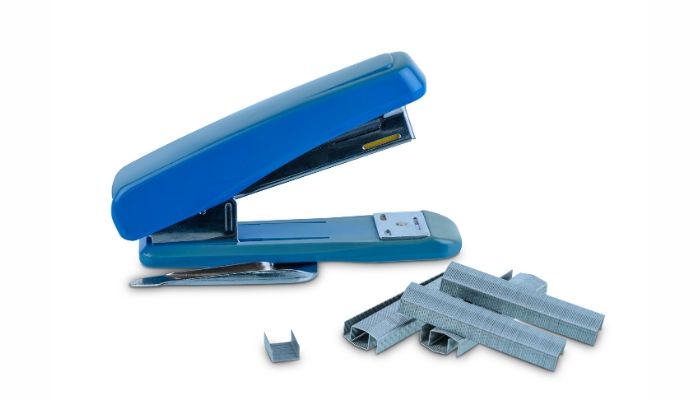Framing nail guns are essential tools designed to join wooden components and build structures in construction operations. Besides enhancing the process of construction by speeding it up, they also help establish solid connections between structures, ensuring reliability and durability. It becomes challenging to achieve the framing results obtained when using these framing nail guns as compared to hammering. One of the most beautiful attributes of nail guns is their angle; this parameter defines how well they can perform, ease of use, and compatibility. Understanding various angles and their application when working with different structures is crucial because it enhances the selection of the right tools for a specific job.
What is a Framing Nail?
A framing nail is a special tool designed to handle complex operations in the construction industry. They play a central function in joining massive wooden pieces. The purpose of this tool is to create strong connections between construction materials giving them the ability to withstand stress for an extended period of time. The stock for this tool holds different sizes and shapes that suit a variety of construction needs. Two of the many varieties of nails that are widely known and utilized are the full roundhead and the clipped head nails. While holding fewer nails in the magazine, the clipped design is beneficial when working on projects that require fewer trips to reload the nail gun. In contrast, a full roundhead provides a more agreeable engagement and is the most favorable for constructing the structural work codes.
Types of Framing Nailers
Available designs in the market fall into different categories, all of them specialized to meet a given demand in the construction field. This formula suggests that it is essential to determine the best match prior to beginning a project to improve performance. Some of the primary types include:
- Pneumatic Framing Nailers
They are the most common types used for heavy-duty operations. They are reliable for demanding operations due to their power capacity, which is generated from compressed air. Besides, they are effective when handling high-volume tasks due to their stable power. They are capable of fixing nails into hard surfaces.
- Cordless Framing Nailers
They are excellent for mobility purposes because they run on battery power, unlike the pneumatic type that must be connected to an air compressor, hence limiting its mobility. However, it produces less power than the pneumatic framing nailers, especially when exposed to long hours usage. Favorable for mobile projects and sites where there is limited access to an air compressor.
- Gas-Powered Framing Nailers
These types of nailers are also portable and utilize a combination of small fuel cells with a battery to drive the nails. They are reliable in most of the framing tasks that require medium power and perform well in remote construction sites. However, they require additional maintenance costs for the replacement of fuel cells.
- Electric Framing Nailers
The electric types may be either cordless or corded. Corded models are often used in small projects, such as the DIY projects but rare in professional construction operations. The cordless models are more like the pneumatic types; the key difference is that the electric model entirely depends on battery power for its functionality. It is ideal for users seeking a tool that can plug into an electric power and best for home projects like renovations and less demanding framing work.
Why are Framing Nailers Angled?
Framing a nailer’s angle is a fundamental design feature that determines the functionality and the type of nails it can use. It refers to the degree to which the magazine is positioned in relation to the nail gun’s body. Some of the reasons include:
- Allowing users to easily access tight spaces that might be challenging to fix with straight magazines, such as edges and corners.
- Promote even distribution of weight across the tool for easier balancing and handling.
- To manage the number of nails the tool can hold in a round, hence altering the frequency of reloads.
- Compatibility is another crucial factor because different types of nails are designed to accommodate different types of nails.
Most Common Framing Nailer Angle
The range varies between 15o and 34o. Some angles have become more popular with many users based on their efficiency and application in different projects. Among the most common is 21o, which uses plastic-collated full round-head nails, ideal for construction works that demand strict building codes. It also enhances the balance between the size of the magazine and ease of use. 30o and 34o are also common in the market due to their capacity to allow flexibility and easy maneuvering in limited spaces. They use paper-collated nails, which have a high-capacity magazine. The 15o nailer employs a coiled magazine and has additional capacity for storing a large number of nails, thereby identifying it as suitable for large-volume applications. They employ wire-collated full-round head nails that provide reliable and code-compliant fastening.
21 vs 30-Degree Framing Nailer
The 21o framing nailer is designed to use plastic-collated full round-head nails. The plastic collation is for the organization of the nails, while the angle is suitable for proper nail insertion and the formation of good bonds. Because of their better holding capacity, they are preferred in the building codes. They offer code-compliant connections that seamlessly match commercial and residential framing. However, they hold fewer nails when compared to 30o models, and they are a little bit bulkier due to the plastic collation, making it challenging to work with them in tight spaces.
The 30o framing nailer uses paper-collated nails with offset or clipped round heads. This angle is special since it can hold more nails while allowing the tool flexibility in tight spaces. Nevertheless, the clipped head nails might not meet the building code standards in some areas. Paper collation is also susceptible to damage in moist spaces, thus limiting operations in some areas.
What Degree Framing Nailer is Best?
- The 15o is best for projects that demand high-capacity nailing and durability. The use of coil magazines in this type elevates the ability to hold more nails, thus reducing the frequency of reload. It uses full round-head nails that support strong bonds and are code-compliant. However, the coil magazine is heavy and not good when dealing with spaces that require maneuverability.
- The 21o is good for general construction projects that need strong and code-compliant connections. It uses full round-head plastic-collated nails, which many people like due to the solid grip. However, it holds fewer nails and deserves frequent reloads compared to higher-angled models.
- 30o and 34o are best known for performance in limited spaces that demand maneuverability. The angles accommodate more compact magazine designs, enhancing the ability to work on edges and corners. The paper-collated nails offer more space for nails, reducing reload frequency. However, caution is needed when operating outdoors because moisture can easily damage them.
Choosing the right framing nailer can significantly affect the results of your project. Determining the right angle for a project to enhance results is essential. Each angle is designed for a specific operation and has advantages and limitations. Selecting the best nailer from common angles, such as the 15o, 21o, 28o, 30o, and 34o, depends on the project’s requirements, types of nails used, comfort when using the tool, and compliance with local regulations.


Leave a Reply